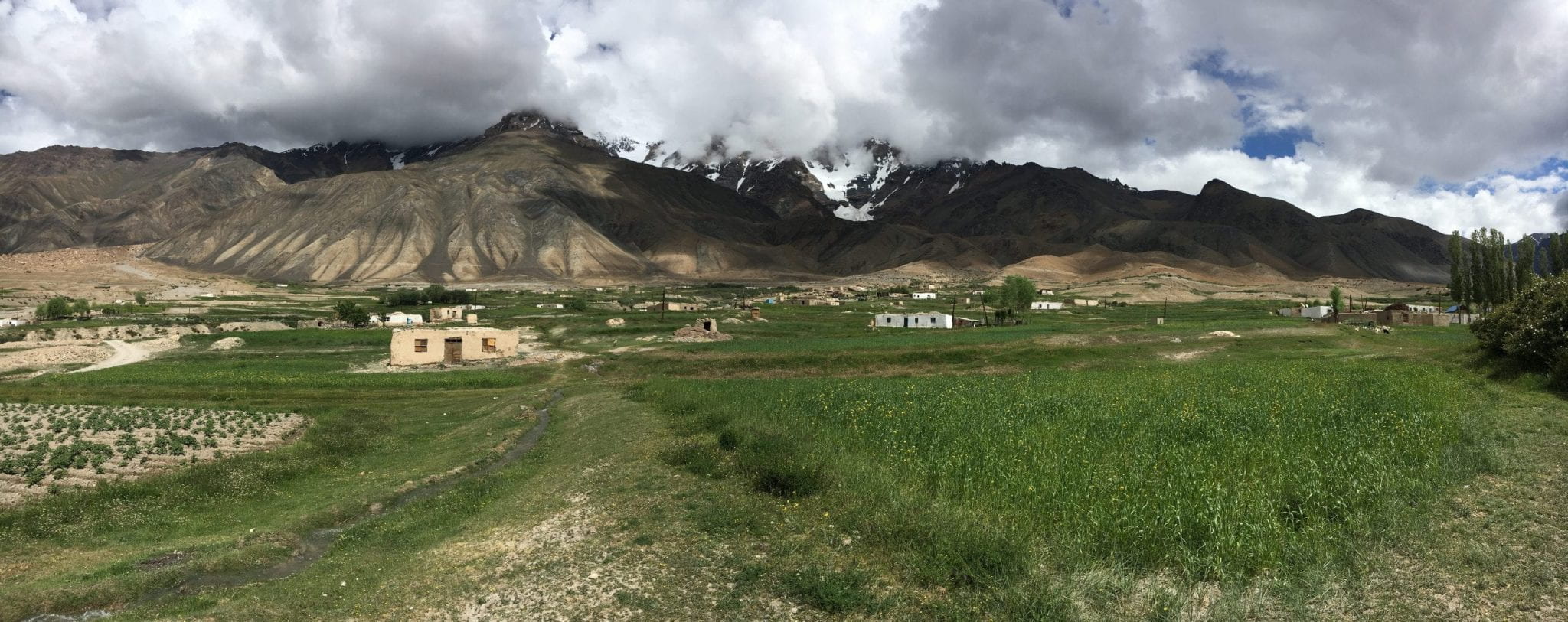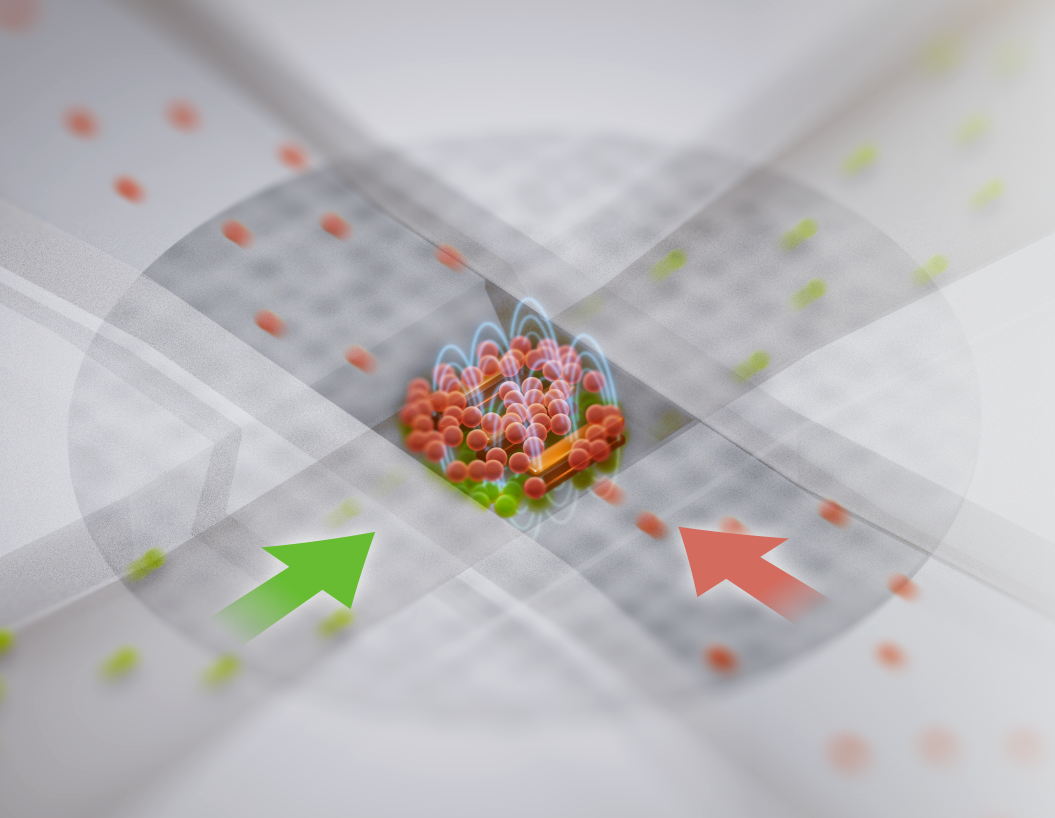To transform its small space into unlimited possibilities, Singapore has started collecting data to create high-resolution three-dimensional maps of every corner of the country using advanced imaging techniques and AI-based modeling.
Singapore is commonly described as a vertical-growing country, Its population is growing disproportionately to its limited area, This makes it the second highest population density in the world, Apartments and offices crowd out high-rise buildings and basements.
But this unique design requires special methodologies in planning, Traditional two-dimensional maps will inevitably fail to effectively represent this complex environment. Due to the overlap of the air and surface spaces with the subterranean space, which is rarely associated with comprehensive, accurate or constantly updated information. So, It is difficult to deal with and plan construction projects in it, Not to mention the constant risk of damaging sub-ground facilities during earthworks.
In the face of the great challenges and increasing needs posed by the contemporary lifestyle, Several approaches have emerged, including a revolutionary technology known as the digital twin, It is the process of creating virtual copies or representations of real processes and components, To anticipate the effects of any changes that may occur.
Taking advantage of this technological development to cross the threshold of urban planning, The Singapore Land Authority has cooperated with several partners, most notably the Civil Aviation Authority and the Public Utilities Council, This is to accomplish the world's first digital twin.
Although Singapore recently completed this mega project, Work began on it in 2014 based on two main elements, data and people, He adopted the principle of "capturing information once for many to use." Therefore, The project was divided into two phases, The first phase focused on setting the general framework of the map, This is done by collecting data of different natural and urban terrain using aerial photography and light-and-range determination technology (lidar) uploaded to fixed-wing aircraft.
As for the second stage, The weather data was supplemented by ground ones, Laser scanners have been installed on vehicles to collect more detailed and accurate data. This phase included Singapore's road network covering 5,500 kilometers, More than 3 million panoramas and 600 million points were captured via lidar, along with detailed three-dimensional models of the dense road network. Using a software platform called "MicroStation", Used in architectural and planning projects, and achieve an accuracy rate of 0.3 meters, It saves 3,000 working days with its operating costs.
In 2017, The creation of the basic geographic data that formed the first draft of the map is finished. The data took multiple formats with a total storage space of more than 50 terabytes. Engineering and two-dimensional data and images collected from various institutions were added, Sensors are also being deployed throughout Singapore to provide the map with live data.
The authorities have decided that these maps will be free data available through an electronic platform, It is offered in stages to benefit different segments of users in practical, scientific, security, environmental and other needs. whatever systems or applications used by individuals or organizations, It is easy to use so that non-specialists can adapt to the lower curves of technical learning. For example Yuhua city planners use the platform to design a pedestrian bridge and to pursue a "green footprint" project that covers a sustainable area that saves energy and water resources and recycles its waste.
Going forward, An underground digital twin will be created, And upgrade smart map services used by citizens.
It may be expected that this vast amount of data in various formats and formats will not be useful unless there are highly sophisticated methods for dealing with it and integrating it into government functions. This is the first challenge of the project, An advanced information infrastructure and a generous budget are needed for the use, maintenance, regular updating and integration of data in accordance with open data standards. Therefore, The authorities launched a mapping program to ensure continued funding, It adopted a national strategy for continuous exploration of AI-based mapping and modeling solutions to update the comprehensive map every 5 years and street data every two years.
The Land Authority also resorted to free software solutions used in cloud computing to facilitate data sharing with different users. who represent another challenge, They will need a lot of training to be able to deal with these advanced technologies and data.
by sharing data across the government with all its entities, Singapore will achieve significant savings in its workforce, Its organizations will leverage three-dimensional mapping to support day-to-day operations, planning, risk management, flooding, aviation safety and other applications.
This shift will also contribute to building awareness among citizens and helping them communicate to improve the lives of their communities. While private companies will benefit from it in planning their business and determining the optimal investments of their resources, Furthermore, It will be a critical research and academic reference on which future innovations will be built.
Most importantly, these maps will provide reliable and accurate data for policymakers to rely on in planning the country's future development. They will also be used in applications related to national security and urban development and testing different solutions with minimal risk and adaptation to climate change. Thus, It will be a digital framework for the smart nation that Singapore aspires to reach.
References:





